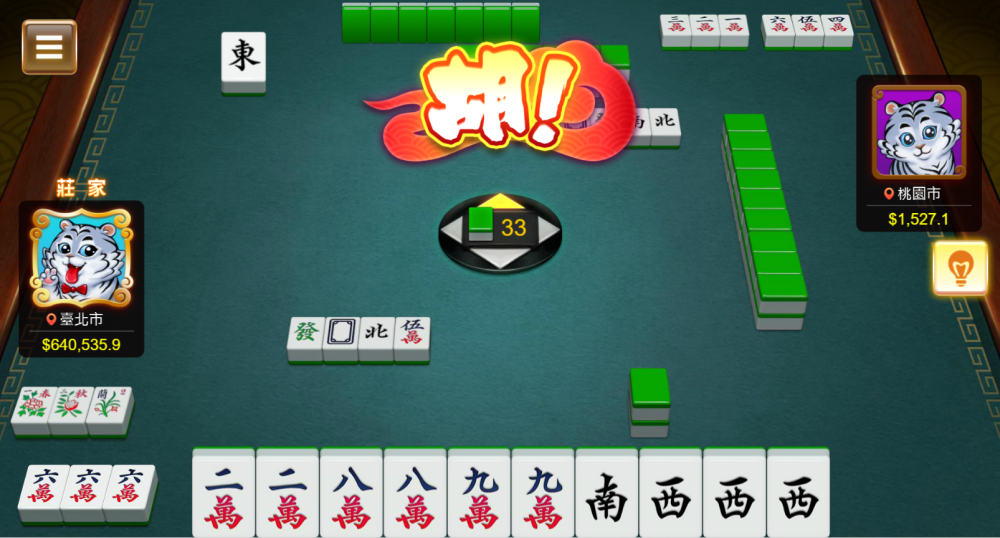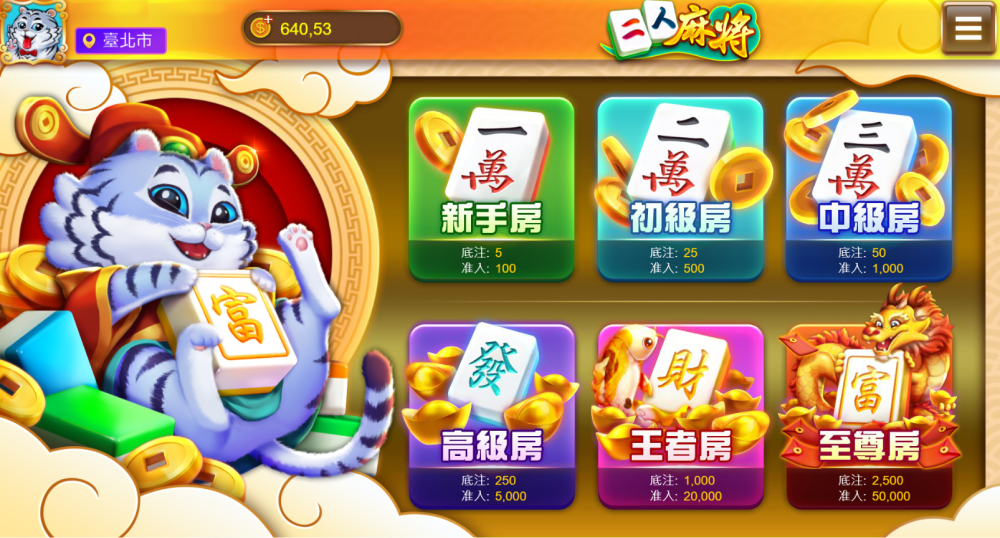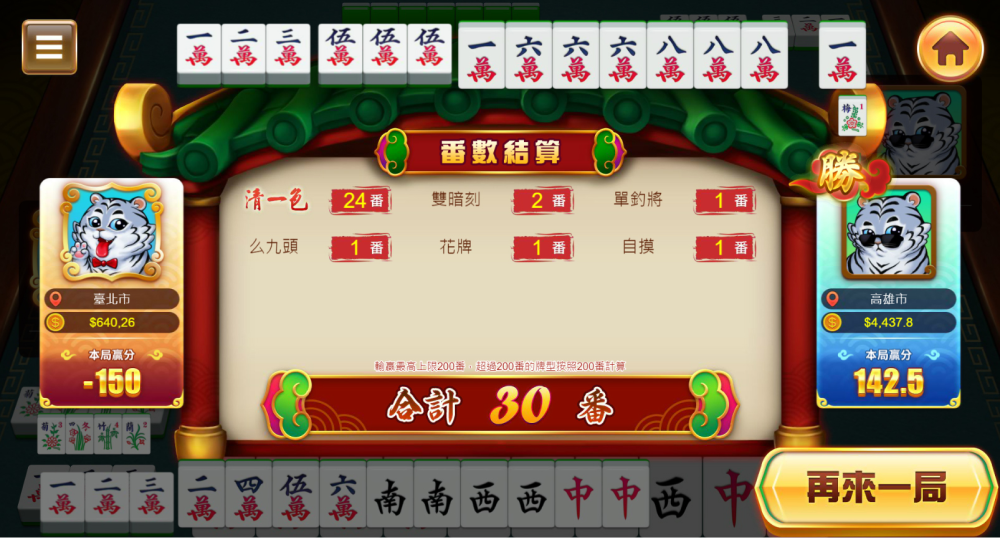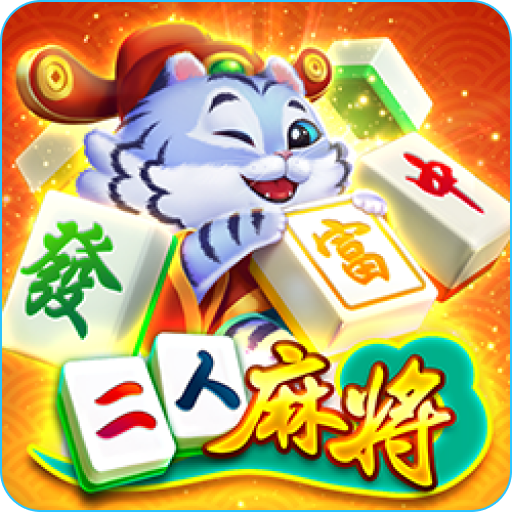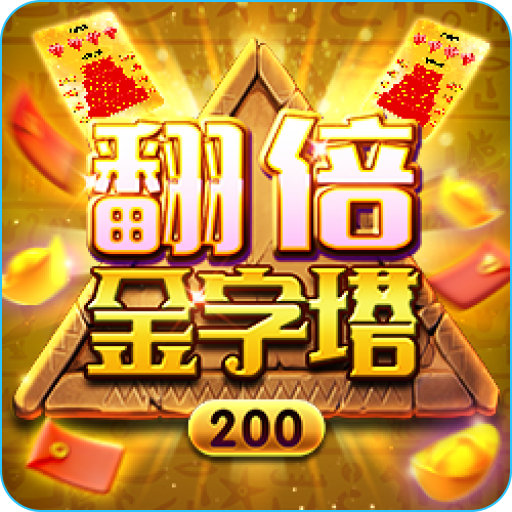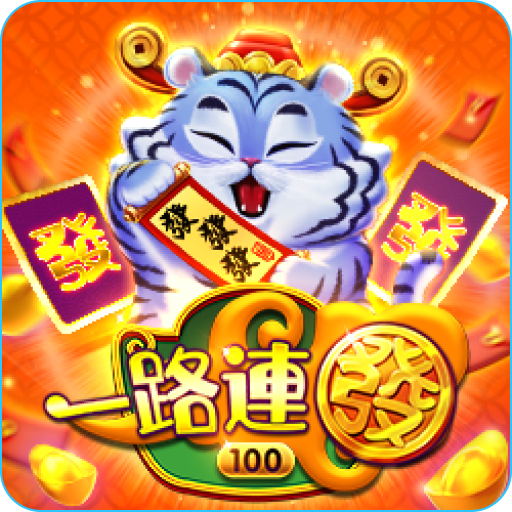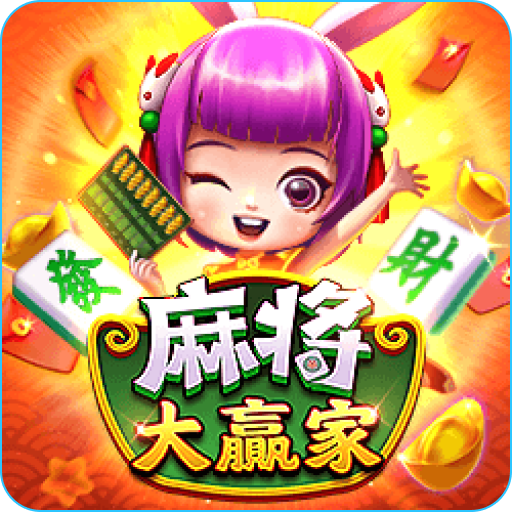"Mahjong for TwoMahjong is a game played by two players. Compared to traditional 4-player mahjong, 2-player mahjong is faster-paced and more varied, testing players' strategy and reflexes.
Game Details
Game Name
Mahjong for two
Game Type
Board Games
Limit range
5~2500 yuan
Supporting Systems
Android, HTML5, Mac OS, iOS, Windows
Supported Languages
Traditional Chinese, Simplified Chinese, English, Vietnamese, Thai
Game Mechanics
The maximum amount of money a player can bring in is the maximum amount of money he can win in the game. For example, if you bring 500 into the game, and the house bet is 5, and if you win the game, and the total number of tricks is 156, you should theoretically win 5 * 156 = 780, but in reality, you only have 500, so you can only end up winning 500.
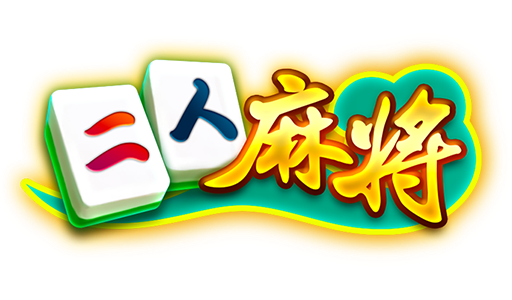
Rules of the game

Game Objectives
The first player to win a hand wins.
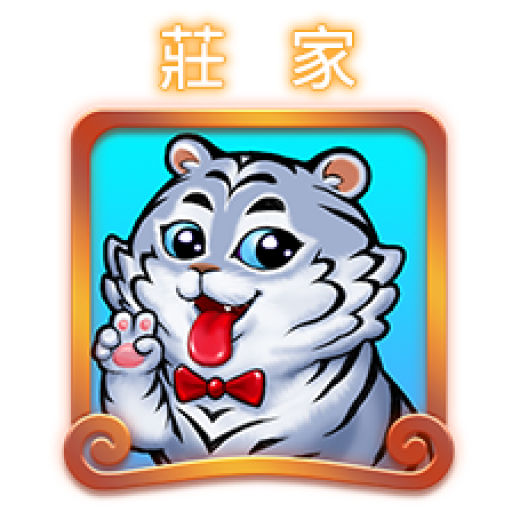
Game Maker
Randomly select the dealer at the beginning of the game.

Game Operation
Eat, touch and kan are allowed. (After a hand, only kan can be renewed, but not eaten, touched, straight kan or dark kan.)
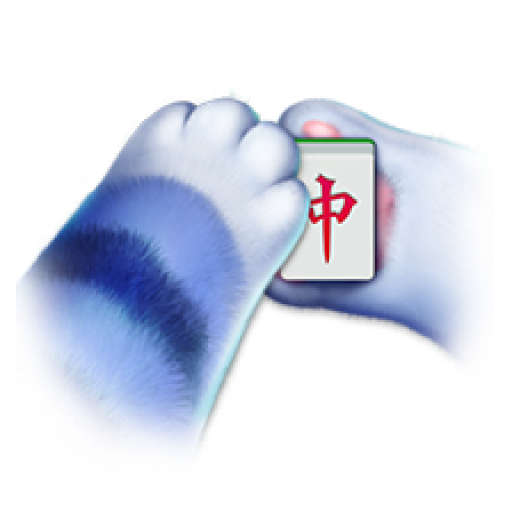
Game Cards
There are 72 cards in total, including 10,000 to 90,000 (36 cards in total), East, South, West and North Winds (16 cards in total), Middle, Fortune and White Arrows (12 cards in total), Spring, Summer, Autumn, Winter, Plum, Orchid, Bamboo and Chrysanthemum (8 cards in total).
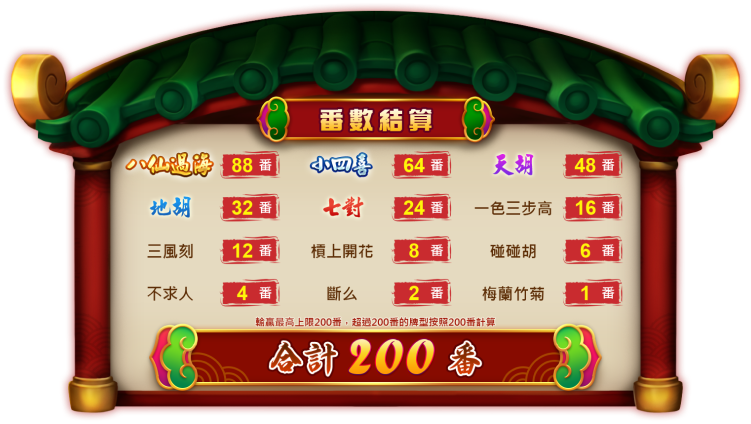
Settlement Rules
- The maximum number of hits in the game is 200, and the number of hits exceeding 200 will be counted as 200.
- Game Settlement Score: House Bonus * Number of Plays
- Game Draw: 5% of the amount won by the winner.
Mahjong Glossary
| Winds | Wrigley's (brand) | playing card | playing card |
 East, South, West, North |  Medium, Hair, White |   Wind and Wrigley. i.e. East, South, West, North, Center, Hair, and White. |   Spring, Summer, Autumn, Winter, Plum, Orchid, Bamboo, Chrysanthemum. |
| pair | quarter (hour) | naturalized substance (e.g. saliva) | play mahjong |
 Two identical cards. e.g. Sai Sai |  When 3 identical cards are touched, it is a clear cut, and when it is held in the hand, it is a dark cut. For example: Fa Fa Fa Fa |  Three cards of the same suit with consecutive sequences. For example: 4.56 million | My opponent plays a card in my hand that can form a straight. (If your opponent plays 10,000 and we have 230,000 in our hand, you can take it.) |
| bid (bridge and similar card games) | lever | General | Hearing Card |
| Your opponent plays a card that can be used to form a Pawn in my hand. (If your opponent plays 10,000 and we have two 10,000 cards in our hand, you can touch them.) | A 4-card kan is a dark kan. If you have a kimono, 1 kimono played by someone else is a straight kan. If you draw another open kan after touching a card, it is called a continuance kan. (Both straight kans and renewed kans are clear kans.) | A pair of cards in the basic hand (not including 7 pairs) that must be present when drawing a hand. For example, the 11 in 11, 234, 345, 999, and Fat Fat Fat is a Shogi. | After hearing a card, you are one card away from winning. After listening to a tile, you may only continue to kan, but may not eat, touch, straighten, or darken the kan. |
| self-touch | |||
| Draw a card and win | |||

Game Flow
- Opening: Randomly determine the dealer, who gets 14 cards and the Player 13.
- Play: Players take turns drawing and playing cards, and may take, touch, or kan.
- Hearing: A state in which you are one card away from winning a hand, and you can only continue to play after hearing a card.
- Hoop: A hand that meets the conditions of the suit and can be played either by itself or by the opponent's hand.
- The number of hands is calculated based on the player's hand, and multiplied by the ante to get the score.
Gameplay
